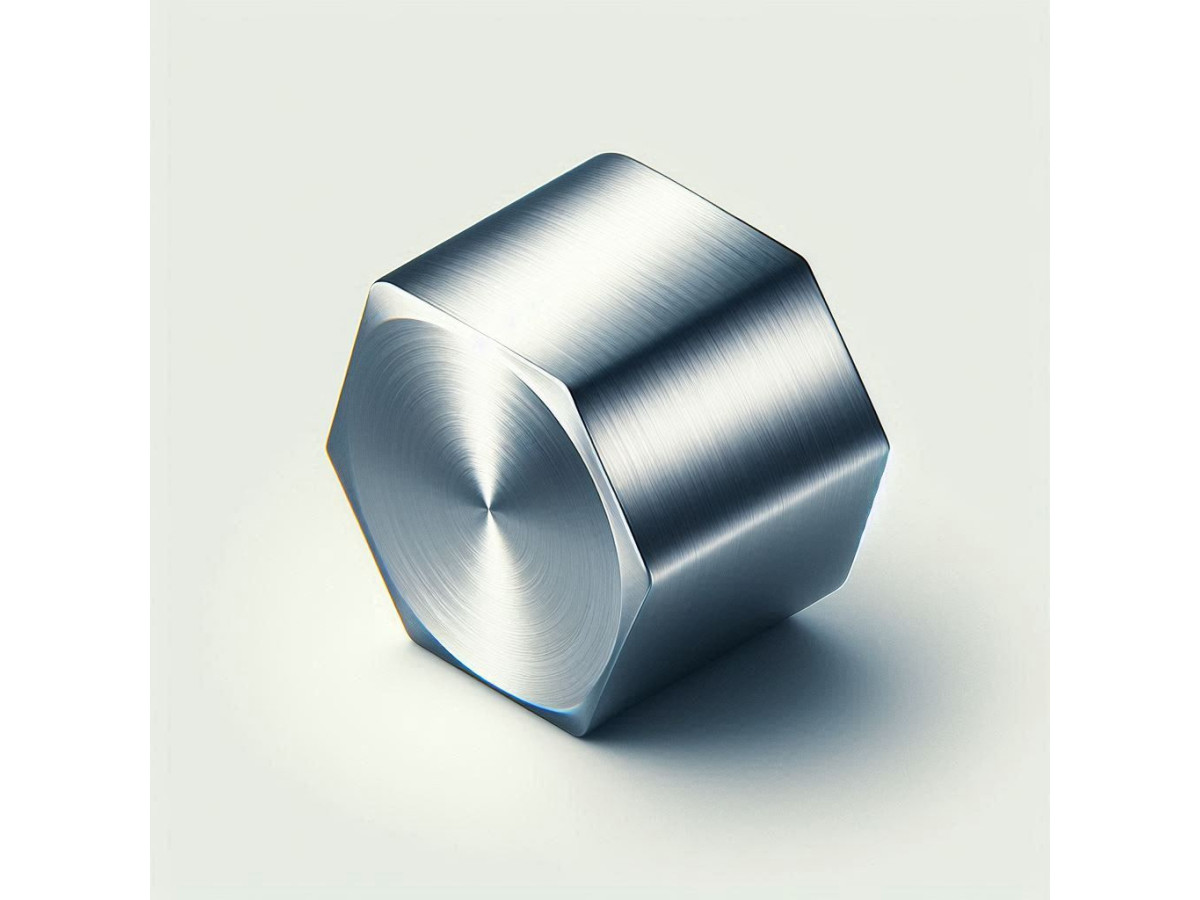Steel alloy hexagons are a fairly common type of rolled metal, widely used in a large number of areas. Due to their unique shape and decent strength, they are used in the manufacture of a wide variety of structures and parts. In this article, we will consider the types of this rolled metal, its advantages and features, and also talk about the production technology and areas of application.
Types of products
Steel hexagons are classified according to the following features:
- Steel grade: carbon, alloy or stainless steel is used.
- Dimensions: available in diameters from 5 to 100 mm.
- Production method: hot-rolled, cold-drawn or calibrated. Each type has its own nuances and is designed for specific operating conditions.
Standard length varies from 1 to 6 meters, but custom sizes are also possible upon customer request. Hot-rolled hexagons are manufactured using hot rolling, which gives the material high strength and resistance to deformation. Cold-drawn products are manufactured using cold deformation, so they are characterized by increased geometric dimensional accuracy and improved mechanical properties. Calibrated hexagons are characterized by dimensional accuracy close to ideal and a high-quality surface.
Advantages and features
A steel hexagon is a reliable solution for a wide variety of tasks, be it construction, production or repair. That is why professionals choose it:
- Maximum strength and service life. These products are made of high-quality steel, which makes them extremely strong and durable. They can withstand very heavy loads and many years of operation.
- Rust resistance. Stainless and alloyed hexagons provide impeccable resistance to corrosion, which is why they are chosen for use in difficult conditions, such as the marine environment or chemical production.
- Precise geometry. Hexagons manufactured using cold rolling and calibration have ideal dimensional accuracy. This allows them to be used to create parts with minimal tolerances.
- Wide range of applications. Hexagonal rolled steel is used in mechanical engineering, construction, tool manufacturing and other industries that require high-strength and reliable materials.
- Ease of processing. These products are easy to cut, weld, drill and bend, so they are recommended for creating complex structures and parts.
Hexagons are made from various alloy grades, each of which has unique properties and is designed for specific conditions of use.
Types of metal hexagons
Traditional calibrated hexagons are made of carbon steel. Due to their maximum strength and resistance to mechanical stress, they are used in the construction industry and in the design of cars. The products undergo a cold rolling process, so they are distinguished by precise dimensions and a smooth surface.
Stainless steel options are made from steel alloyed with chromium and nickel. These hexagons have the highest resistance to corrosion, for this reason they can be used in aggressive environments.
Calibrated hexagons are produced in a wide range of sizes. The diameter can vary from 3 mm to 100 mm, which allows to meet the needs of various industries. The length of standard hexagons is usually 3 meters, but other options are possible if necessary.
Steel products are known for their hardness. They are able to withstand mechanical loads in any volume and maintain their properties at different temperatures. Even harsh operating conditions are not scary for them. The smooth and even surface of calibrated hexagons makes them much easier to process. This also gives the finished products an aesthetic appearance, which is important in the production of decorative and functional elements.
Scope of use
Hexagons are often used to manufacture various machine parts. In machine tool manufacturing, they are used to produce parts such as spindles and axles. Smooth surface and precise dimensions ensure reliability and efficiency in machine tool operation. The material is necessary for the manufacture of tools and equipment. In the construction industry, hexagons are needed to implement the frames of buildings, bridges and other engineering structures. The strength characteristics and reliability of hexagonal rolled products make it possible to ensure the durability and safety of structures.

